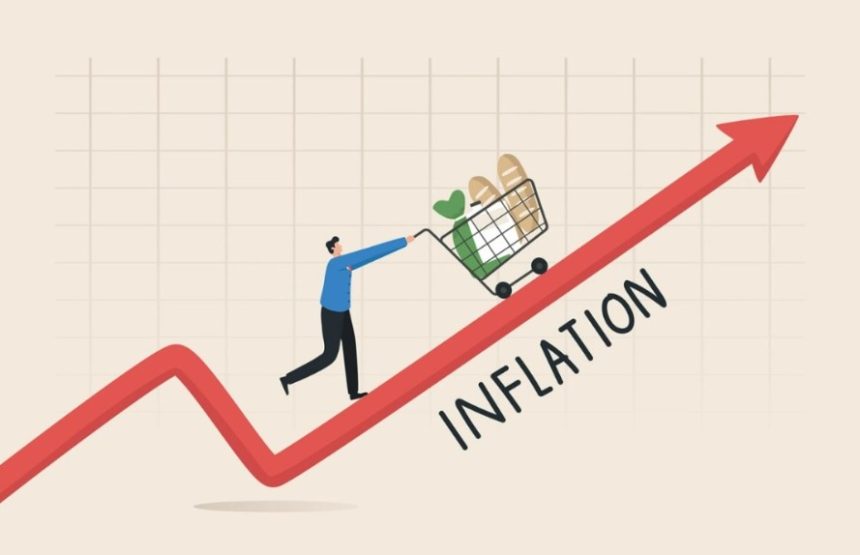UK CPI Inflation Rate Holds Steady at 3.8%, Rate Cut Still Off the Table for Now
The UK’s CPI inflation rate stayed unmoved at 3.8% in September, marking the third consecutive month without change, and still sitting well above the Bank of England’s 2% target.
Figures from the Office for National Statistics (ONS) released on Wednesday morning show no shift since July or August, making this stretch one of the longest periods of flat inflation since early 2024, when inflation hit 4%.
While prices for recreation, food, and non-alcoholic drinks offered some relief, transport costs once again applied upward pressure, the ONS noted.
Markets had braced for a rise to 4%, but the steady reading was met with optimism. The FTSE 100 gained 0.5% at open, climbing to around 9,487 points, though still shy of its record high earlier this month.
“This is a decent result in the circumstances,” says Morningstar chief European market strategist Michael Field.
“It’s likely too early for a rate cut, as the Bank of England will want to see some stability or even a fall in inflation before cutting, but it’s good news.
Even from the perspective of investor confidence, the fact that the narrative is now ‘rate cuts back on the table for December’ is a positive for markets.”
Traders are ramping up bets on a Bank of England rate cut before year-end after UK inflation unexpectedly held steady in September
Here’s what today’s UK CPI report means for the Bank of England & the $Gbp pic.twitter.com/q5ho2oBavK
— Get Me Trading (@GetMeTradingGMT) October 22, 2025
According to the ONS, transport-related expenses continue to drive much of the stubborn inflation. Motor fuel prices, rising air fares, and even car maintenance have all played their part.
Air fares, interestingly, dropped 28.8% from August to September, but that fall was smaller than last year’s, meaning prices are still contributing to the overall rise in annual inflation.
“Air fares fell by 34.8% between August and September 2024, which was the largest September decrease since 2001.
As such, the large fall in monthly price in September 2025 still resulted in an upward contribution to the change in the annual rate,” the ONS said.
Despite some encouraging signals, many UK households remain squeezed.
“Even the most competitive [savings account] rates are struggling to outpace inflation, with less than half able to keep ahead of rising prices,” says Caitlin Eastall, spokesperson at Moneyfactscompare.
The central bank’s Monetary Policy Committee (MPC) meets on 5 November, but economists say the figures are unlikely to sway their stance. With inflation still nearly double the target, policymakers appear cautious.
“Although this number will be welcomed by MPC members, and adds to recent weakening data in UK wages growth, it is unlikely to be sufficient to swing the vote of the committee for a rate cut in November,” says Joaquin Thul, economist at EFG Asset Management.
Still, optimism lingers that the first interest rate cut could arrive sooner than previously thought, possibly early 2026.
“After pay growth undershot the Bank of England’s forecast in August, it appears inflation is cooling more swiftly than the central bank expected,” says Andrew Wishart, senior UK economist at Berenberg.
“We still think that the Bank of England will wait for a more decisive drop in core and services inflation before lowering interest rates again, in Q1 2026.
But weaker price pressures in the rest of the inflation basket hint that there is a bit more slack in the economy than we had thought. Therefore, the green light for the next rate cut could come earlier than we currently forecast.”
For now, the UK’s CPI inflation rate, holding at 3.8% is a small win, but not enough to change the game. Markets are calmer. Investors are watching. And households? Still feeling the pinch.
The next move rests with the Bank of England, and the patience of a public waiting for prices to finally cool.






